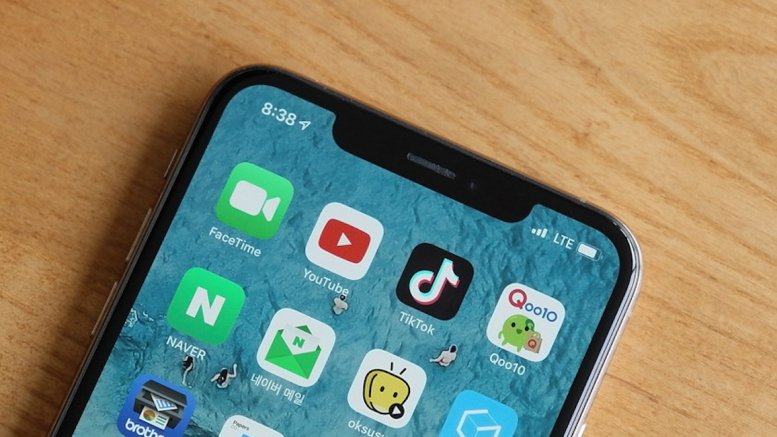By Amy Paterson (520432451)
Digital platforms have blurred the line between audience and creator, creating a sharing economy where the commodity of entertainment is traded between an online community. Entertainment, be it film, music, or television, has traditionally been produced and distributed by large media corporations, yet increasingly, audiences are entertaining each other. Platforms such as TikTok and YouTube have created an accessible landscape where the everyday consumer can both watch and easily create content. Now, users are turning to these platforms for entertainment rather than switching on the television. This has created a sharing economy within the entertainment industry, where the resource of entertainment is exchanged between a community (John, 2016).
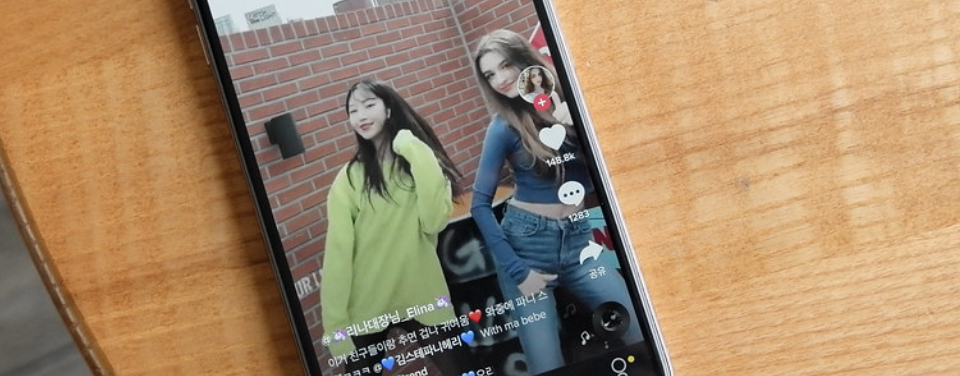
Setting The Scene: Source of Entertainment Has Changed
Sources of entertainment are increasingly coming from other users, with platforms like TikTok becoming the new television (Faltesek et al., 2023). Its features of scrolling through content, often comedy and lifestyle, interspersed with commercials mimics the traditional experience of flipping through television channels and late-night comedy shows – yet at a much more rapid rate (Faltesek et al., 2023). The key difference here is that the content watched is generated by other users instead of larger corporations. An individual user can create a video, tag its contents, and the platform’s algorithm will strategically distribute it to users who it deems have a similar interest. Users receive this content on a homepage that aims to continuously engage the viewer, becoming a popular source of entertainment.
Consequently, the entertainment industry is undergoing a huge transformation with popular users on these platforms being launched to levels of fame comparable to actors and pop stars (Deller & Murphy, 2019), even showing up on red carpets (Siwak, 2022). Thus, it is evident that digital platforms are completely shifting the dynamic of entertainment and fame, with this wave of social media celebrities being everyday people who become famous for their personality, rather than their work as actors or musicians do. For example, content creator Brittany Broski has 1.5million YouTube subscribers, providing
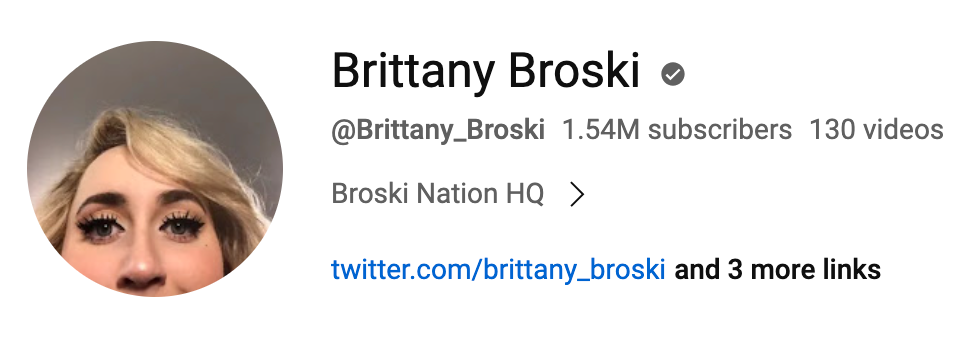
entertainment to a large audience on the platform. She gained fame by showcasing her everyday life, and as an office worker she created content reacting to funny videos, vlogging, doing makeup and baking.
She built her brand off her relatable, funny personality, providing entertainment to users as a consumer herself. The popularity amongst users of relatable, authentic personalities such as Brittany is facilitated by these accessible platforms, wherein the community can create and share products of entertainment. This shift in entertainment is distinct and growing, with traditional broadcast and cable television losing 18% of TV viewership in July 2023 compared to 2022, and YouTube being the most popular streaming option (Valinsky, 2023).
How and Why? The Sharing Economy
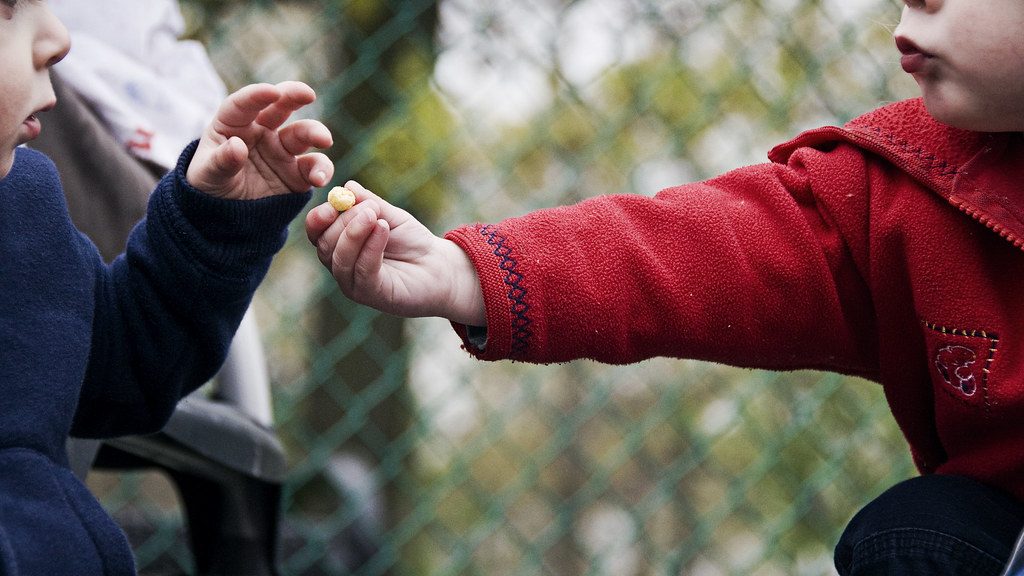
The presence of user-generated content on the internet gained traction in the early 2000s, as society entered the Web 2.0 era where participatory culture and user-generated content became characteristic of digital platforms (Jenkins et al., 2017). These platforms enabled global communication and ultimately facilitated the sharing of assets and resources between communities on a mass scale (John, 2016).
Sharing has always existed, with humans being naturally empathetic and maintaining societal function by forming social capital networks that create economic value (John, 2016). While traditionally this has taken place in physical communities, digital platforms have established new online communities and transformed the scope of these interactions. The sharing economy is a result of this, with platforms facilitating the sharing of information, communication, commerce and content between digitally connected communities (Wirtz, 2019). In the case of entertainment, platforms have enabled the sharing of capacity-unconstrained resources, with videos, music and information being intangible assets (Wirtz, 2019). As a result, the entertainment industry has transformed to incorporate and commodify user-generated content. Creators on TikTok and YouTube can not only share content, but this content has become a resource with value. The platforms’ features of monetisation allow the users who create to gain compensation via sponsored content and advertisements, thus creating an economic system.
An Empowering System
With digital platforms giving access to any user to create and share content, they can have an empowering effect on the individual. They provide a peer-to-peer environment that is free of hierarchical control (Gillespie, 2014), allowing users who may lack high-tech production tools or network connections to share output with an online community. It is a valuable tool in providing worker autonomy, allowing creators to turn hobbies and passions into a profitable career. Key examples include PewDiePie, a YouTube creator with millions of dollars who built a following playing video games, or James Charles, who amassed over twenty million subscribers creating makeup tutorials. Here it is evident that platforms, such as YouTube, can empower workers to gain ownership over their career. If successful, it provides them the freedom to produce content related to their passions, find joy in their career, and work according to their own schedule (Deller & Murphy, 2019).
With over 800 million YouTube videos published, these platforms also empower users, providing freedom of choice in comparison to the limited content of television channels (Faltesek et al., 2023). There are extensive internet niches and creators, including beauty, education, comedy, social commentary, and music. This mass and range is enabled by the participatory nature of these platforms, and empowers individuals to find content related to their interests and boost the entertainment experience.
A New Business Model
This digital transformation has altered the structure of businesses. There has been a rise in success in companies that facilitate, not just produce, assets. The companies of YouTube and TikTok, for example, do not produce content themselves, rather, they have created an online public sphere and digital ecosystem where users can interact and produce the content that will retain customers. This model is advantageous to businesses as it involves low marginal costs, potentially generating higher profit margins which allow these firms to thrive. With platform businesses now thriving sources of entertainment over traditional media, they now also hold central control of data distribution (Van Djick, 2018), a power which must be carefully monitored to maintain the trust of the user.

Problems
While a sense of freedom has been secured from participatory platforms due to their separation of entertainment from large media corporations, the platforms themselves maintain a degree of control by governing content distribution (Van Djick, 2018). Platform engineers use an algorithm that determines what content to present to users. While it is designed to effectively curate entertainment, it also displays biases in the content shown. For example, if the algorithm determines a user’s political affiliation, it will show them further content that reinforces only one side of an argument, creating an echo chamber that can spread misinformation (Brady et al., 2023). Therefore, while these platforms do present more varying, authentic content, there are still governing bodies that audiences should be mindful of when considering the information they are presented with.
But Is It All That Different?
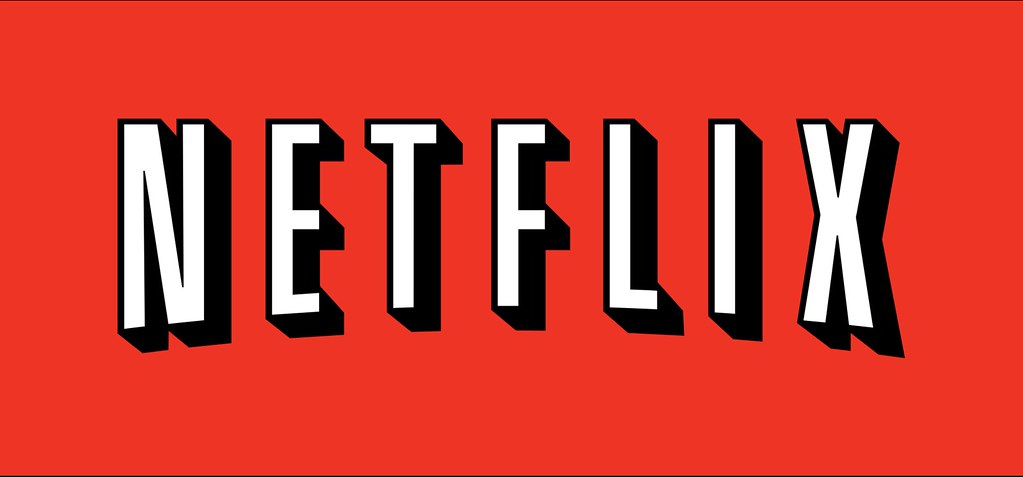
When reflecting on this transformation one could note the continued existence of large media corporations such as Universal Pictures or Warner Bros that maintain control over thriving aspects of traditional media, such as blockbuster films. However, they are not the monopolistic giants they once were. An interesting example of this is the rise of traditional celebrities appearing on YouTube talk shows instead of TV Late Night Shows. YouTube show ‘Hot Wings’ has featured a range of A-List celebrities, with similar shows following suit such as ‘Chicken Shop Date’ and ‘Royal Court’ which are gaining traction compared to television equivalents such as The Tonight Show. This indicates the appeal of the platform where it can capture an authentic side to celebrity that the users want to see.
Also, it can be noted that this loss is not entirely due to participatory platforms, but is also contributed to by steaming services. Services such as Netflix and DisneyPlus provide a similar level of flexibility without the participatory aspect, and have significantly impacted the success of network shows (Lotz, 2021). The trend of watching user-generated content instead is particularly prevalent among younger generations, with Gen-Z spending three times as much time watching short-form content than professionally produced (Koetsier, 2022). While streaming services remain a key contributor to shifts in the entertainment industry, ultimately YouTube was the most popular streaming option in 2023 (Valinsky, 2023), indicating the relevance and impact of user-generated content.
Conclusion
It is clear that traditional media and entertainment is changing. Digital platforms have created a plethora of new entertainment sources, and harness the sharing economy to encourage user-generated content. Here, users are empowered to be both consumers and creators, resulting in a large mass and range of content. Ultimately, in this new era, entertainment is a resource to exchange.
References
Brady, W. J., Joshua Conrad Jackson, Björn Lindström, & Crockett, M. J. (2023). Algorithm-mediated social learning in online social networks. Trends in Cognitive Sciences, 27(10). https://doi.org/10.1016/j.tics.2023.06.008
Deller, R. A., & Murphy, K. (2019). “Zoella hasn’t really written a book, she’s written a cheque”: Mainstream media representations of YouTube celebrities. European Journal of Cultural Studies, 23(1), 112–132. https://doi.org/10.1177/1367549419861638
Faltesek, D., Graalum, E., Breving, B., Knudsen, E., Lucas, J., Young, S., & Eduardo, F. (2023). TikTok as Television. Social Media and Society, 9(3). https://doi.org/10.1177/20563051231194576
Gillespie, T., Boczkowski, P. J., & Foot, K. A. (2014). The Fog of Freedom. In T. Gillespie, P. J. Boczkowski, & K. A. Foot (Eds.), Media Technologies: Essays on Communication, Materiality, and Society (pp. 196-220). The MIT Press.
Jenkins, H., Ito, M., & Boyd, D. (2017). Participatory culture in a networked era: a conversation on youth, learning, commerce, and politics. Polity Press.
John, N. (2016). Sharing Economies. In The Age of Sharing. Polity Press.
Koetsier, J. (2022, May 17). Netflix vs TikTok: The Battle Between Long And Short. Forbes. https://www.forbes.com/sites/johnkoetsier/2022/05/17/netflix-vs-tiktok-the-battle-between-long-and-short/?sh=129c241b3d72
Lotz, A. D., Potter, A., & Johnson, C. (2021). Understanding the changing television market: A comparison of the macroeconomy of the United States, United Kingdom and Australia. Convergence: The International Journal of Research into New Media Technologies, 28(1). https://doi.org/10.1177/13548565211028205
Siwak, M. (2022, May 3). Met Gala 2022: TikTok, YouTube Stars on the Red Carpet. Us Weekly. https://www.usmagazine.com/stylish/pictures/met-gala-2022-tiktok-youtube-stars-on-the-red-carpet/
Valinsky, J. (2023, August 15). For the first time, cable and broadcast makes up less than half of TV viewing | CNN Business. CNN. https://edition.cnn.com/2023/08/15/media/cable-broadcast-tv-decline-nielsen-report/index.html
Van Dijck, J. (2018). The Platform Society as a Contested Concept. In The Platform Society. Oxford University Press.Wirtz, J., So, K. K. F., Mody, M. A., Liu, S. Q., & Chun, H. H. (2019). Platforms in the peer-to-peer sharing economy. Journal of Service Management, 30(4), 452–483. https://doi.org/10.1108/josm-11-2018-0369
“Tiktok” by TheBetterDay is licensed under CC BY-ND 2.0.
“Tiktok” by TheBetterDay is licensed under CC BY-ND 2.0.
“Sharing” by bengrey is licensed under CC BY-SA 2.0.
“Algorithmic Contaminations” by derekGavey is licensed under CC BY 2.0.”Netflix Logo” by theglobalpanorama is licensed under CC BY-SA 2.0.
